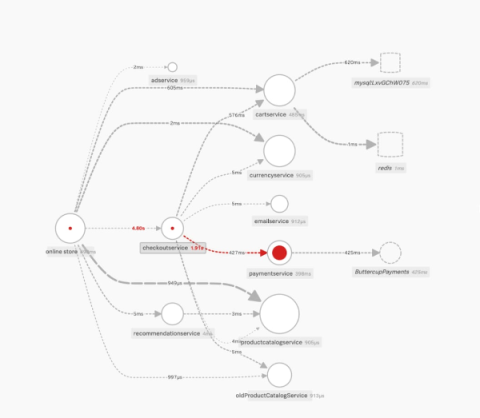What's IT Monitoring? IT Systems Monitoring Explained
Whether on the cloud or on-premises, visibility into the inner workings of our IT services and infrastructure is an essential ingredient of a well working IT system. The drive for digital transformation as a core strategic objective for most modern enterprises has meant that ensuring IT systems are working well, secured and delivering value for money is a critical endeavor.










